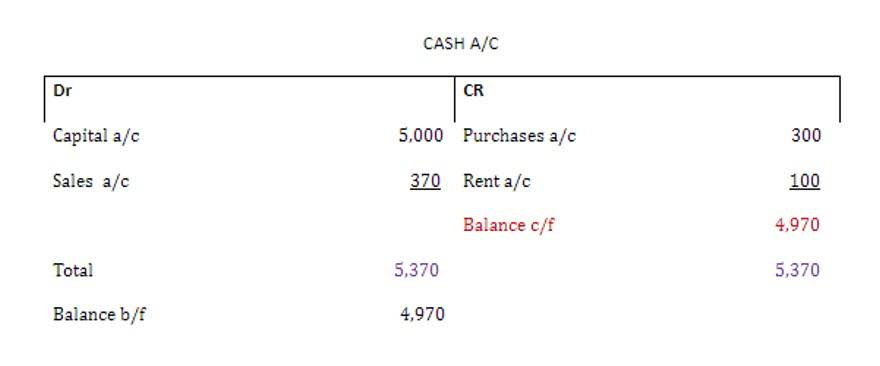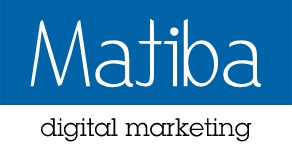
Examples of product costs include the cost of raw materials used, depreciation on plant, expired insurance on plant, production supervisor salaries, manufacturing supplies used, and plant maintenance. Effective management of Period Costs involves implementing cost reduction strategies, budgeting and forecasting techniques, and performance evaluation measures. By optimizing spending, monitoring performance, and making data-driven decisions, businesses can enhance their competitiveness, maximize profitability, and achieve long-term success. In other words, period costs are expenses that period costs definition are not linked to the production process of a company but rather are expenses incurred over time.
Is Labor a Period Cost or Product Cost?
Variable period costs can be more challenging to predict and manage than fixed costs since they are directly tied to production levels. Effective inventory management and production planning can help mitigate the impact of variable costs on profitability. Understanding period costs helps assess the day-to-day financial health of a business. And while product costs focus on the creation of goods or services, period costs represent the broader expenses necessary to sustain the business’s overall operations and facilitate growth. The tax implications of period costs are an unearned revenue intricate aspect of fiscal management that can influence a company’s tax liability.
What is a period expense?
Both of these types of expenses are considered period costs because they are related to the services consumed over the period in question. Grasping the difference between product and period costs serves as a financial compass for businesses. It’s like having a roadmap that guides accurate financial reporting, ensuring that the numbers on the balance sheet and income statement tell a clear and truthful story about the business’s health. Moreover, this understanding empowers businesses to manage costs effectively, making informed decisions about product pricing, production efficiency, and overall operational strategies. This means that these costs directly impact the income statement for the specific time frame. In managerial and cost accounting, period costs refer to costs that are not tied to or related to the production of inventory.
Leasehold Improvements Depreciation Practices and Tax Tips

Manufacturers debit their raw materials inventory account when the purchase is made and credit their cash account. Product costs are often treated as inventory and are referred to as “inventoriable costs” because these costs are used to value the inventory. When products are sold, the product costs become part of costs of goods sold as shown in the income statement. Period costs are the expenses in a business that aren’t directly linked to making specific products or services. Instead, they’re more about keeping the business running smoothly and supporting its overall operation.
- Direct labor that is tied to production can be considered a product cost.
- The tax implications of period costs are an intricate aspect of fiscal management that can influence a company’s tax liability.
- Every cost incurred by a business can be classified as either a period cost or a product cost.
- Operating expenses are the funds a business pays regularly to stay in business – rent, salaries, and advertising costs, to name a few.
- A financial professional will offer guidance based on the information provided and offer a no-obligation call to better understand your situation.

By controlling Period Costs and optimizing spending, businesses can improve their bottom line profitability, increase cash reserves, and enhance overall financial stability. For example, reducing administrative expenses can lead to higher net income and retained earnings, strengthening the company’s financial position. Managing fixed period costs involves careful budgeting and planning to ensure that the business can cover these expenses even during periods of low revenue or economic downturns. Now let’s look at a hypothetical example of costs incurred by a company and see if such costs are period costs or product costs.
Ask Any Financial Question
Below is a break down of subject weightings in the FMVA® financial analyst program. As you can see there is a heavy focus on financial modeling, finance, Excel, business valuation, budgeting/forecasting, PowerPoint presentations, accounting and business strategy. Today, we’re breaking down these two concepts to understand their general aspects, relationship with financial statements, and overall impact on business decision-making.

For the past 52 years, Harold Averkamp (CPA, MBA) has worked as an accounting supervisor, manager, consultant, university instructor, and innovator in teaching accounting online. The firm will not incur enabling costs if operations shut down but will incur them if operations occur. Some will likely be constant over the entire output range; others will vary in steps. For example, a single-shift operation might require only one departmental supervisor, but the operation of a second shift will require a second supervisor. Such cost classifications have been proven useful to people, like most analysts who develop several costs, classifying them per their uses in various managerial applications.

Once the inventory is sold or otherwise disposed of, it is charged to the cost of goods sold on the income statement. A period cost is charged to expense on the income statement as soon as it is incurred. Product and period costs take part in the financial story, influencing the bottom line and revealing the business’s financial health.





